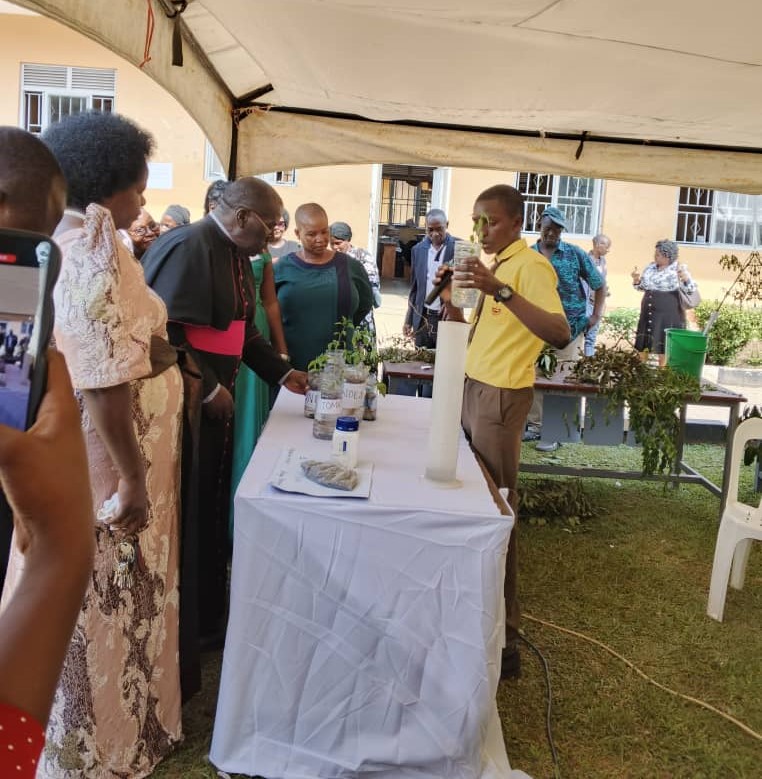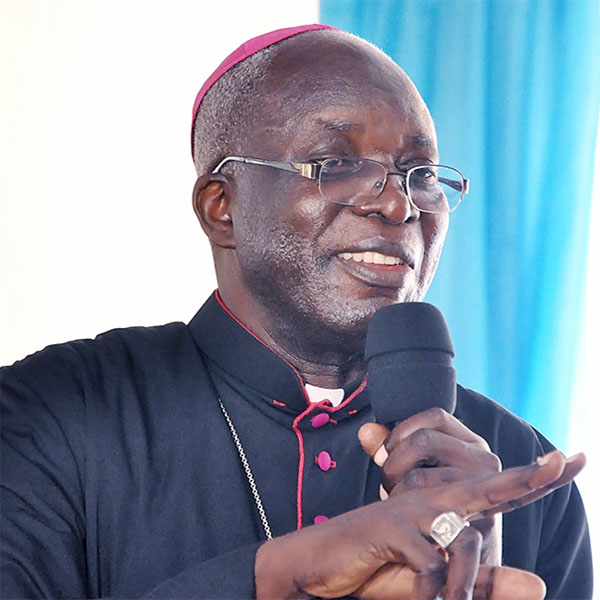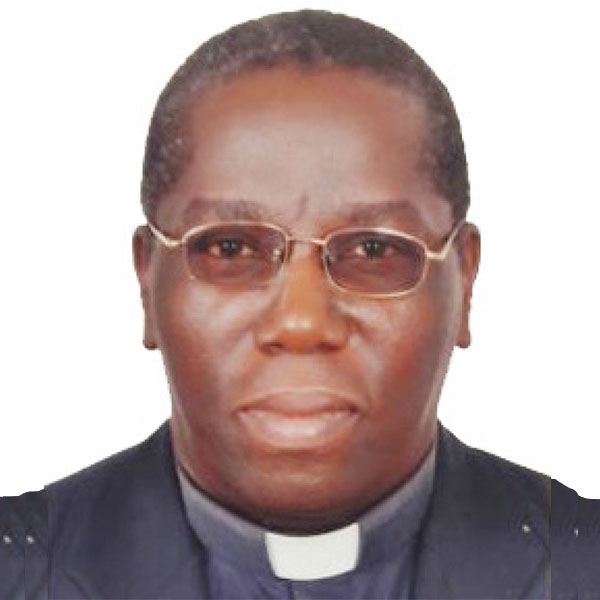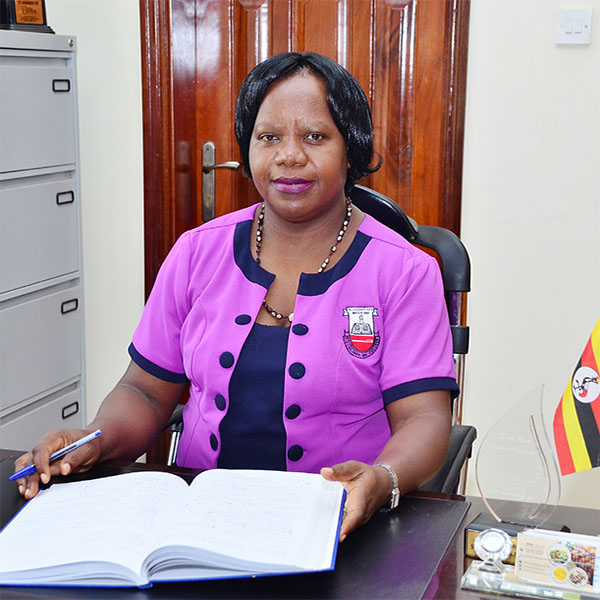The Socratic method of asking probing questions in order to facilitate learning is well known. John Dewey and Maria Montessori, both prominent thinkers and educators of the twentieth century, advocated learning through real-life experience over book learning.
By promoting strategies of sustained inquiry and presenting a challenging problem or question, they are aligned with the core components of Project-based learning.
Today, project-based learning techniques are used to teach medicine, engineering, law, and many other highly skilled disciplines.
The concepts of project-based learning continued to develop in the early modern period. John Amos Comenius, a Czech philosopher, pedagogue, and theologian, is considered the father of modern education. He advocated for universal education, led schools, and advised governments.
He believed that learning should be centered on the student, not the teacher, that learning should be tied into everyday experience, that we should focus on thinking rather than memorizing, and that multiple media enhances learning. He created the first multimedia textbook featuring woodcut illustrations. His ideas are closely aligned with core components of PBL such as reflection and authenticity.
Project-Based Education in the Twenty-First Century
In the twenty-first century, project-based learning has become more refined as a method of instruction for UCE AND UACE education. A project-based learning environment engages students with hands-on learning, gives students more choices in what they learn, and puts students in charge of their own learning processes.
Studies at Stanford and Vanderbilt Universities have shown that students at schools using project-based learning outperform students from traditional schools in math, problem-solving, and planning.
While only a small number of schools have fully implemented a project-based learning approach, this method hopefully will continue to grow and flourish in the future.
Looking back over the centuries, we see that the basic components found in gold standard project-based learning today have deep roots in the thought and work of several philosophers and educators of the past. Concepts such as authenticity, reflection, sustained inquiry, and student voice and choice that can be traced back through time are powerful tools in the twenty-first-century classroom.
COMPETENCE BASED CURRICULUM IN UGANDA ABOUT PBL
A competency-based curriculum focuses less on what learners need to know and more on how learners apply their knowledge, skills and attitudes to the real-world environment. As a result, a competency-based curriculum helps learners to develop specific and generic competencies required to either progress in their education or progress into employment. In a competency-based curriculum learners are required to incorporate the elements of a constructively aligned curriculum, build upon:
- demonstrated mastery of subject knowledge
- demonstrate their ability to transfer learning between different environments (this can include tasks where learners are asked to demonstrate their knowledge but do not receive a final or formal grade and is known as ‘formative assessment’ or assessment for learning)
- complete assessments that are meaningful and relevant to the skills required in the workplace
- develop and apply skills and dispositions needed for successful employment.
Projects are structured activities undertaken to:
Deepen understanding and application of classroom content
Address pressing and unanswered questions
Develop problem-solving and generic skills
Solve societal problems and contribute to communities
WHY WE DO PROJECTS IN ST. JOSEPHS SSS NAGGALAMA
- Deepen Understanding: Enhance comprehension and application of classroom content.
- Problem Solving: Develop critical thinking and problem-solving skills.
- Real-World Application: Address real-world and societal issues.
- Skill Acquisition: Gain generic and specific skills.
- Engagement: Increase engagement and motivation through hands-on activities.
- Collaboration: Foster teamwork and collaboration.
- Creativity: Encourage creativity and innovation amongst learners.
- Assessment: Provide a comprehensive way to assess understanding and skills attained by learners in school setting and nationally.
Simple and routine project
These projects are straightforward with direct process lines and require limited resources. Examples of such projects include experiments with well-defined procedures, book reviews, developing maps for a given location/use of campus to locate places, identifying ones origin, making periscopes, pinhole cameras, among others. The projects take short time. The Process: Involves simple investigation, recording, and reporting.
The primary goal is often to reinforce knowledge and skills acquired during the teaching and learning process and to develop the learner’s ability to follow instructions and execute tasks correctly.
These simple routine projects are carried out in S1 and S2 class during or after the lesson.
SIMPLE AND NON ROUTINE PROJECTS
These projects involve innovative and creative approaches with direct process lines, though they are somewhat extraordinary but still require limited resources.
These projects require the learner to identify a problem or challenge and formulate a solution to the identified problem.
The projects require the learners to demonstrate the application of knowledge and skills from different subject disciplines from the start to completion of the project.
Inventing new uses for cassava beyond the usual applications.
Developing a homemade water filtration system using common materials to provide clean drinking water.
Creating artwork using recycled materials to promote environmental awareness.
Designing a new recipe that incorporates local, underutilized ingredients in innovative ways.
Building a simple weather station to monitor and record local weather patterns using basic sensors.
S3 and s4 candidates
- Carry out one integrated project from S.3 term 1 to S.4 term 2.
- Carry out simple non-routine project.
- Do an individual project.
- Project work is guided by a theme provided by UNEB on annual basis.
Project work is one of the curriculum requirements of the New Lower Secondary Curriculum without which learners shall not be graded.
St. Josephs S.S.S Naggalama, School administrators and teachers have ensured that learners are assessed in project work in line with the assessment modalities provided by UNEB
STRUCTURE AND MANAGEMENT OF PROJECT WORK AT ST. JOSEPHS SSS NAGGALAMA.
COORDINATOR: MR. MPAGA NATHAN
| CLASS | PROJECT COORDINATOR |
| SENIOR ONE | MS. KATASI ANN SHERRY |
| SENIOR TWO | MR. SSENGENDO RICHARD |
| SENIOR THREE | MR. RUHWEZA ALEX |
| SENIOR FOUR | MR. KALUNGI DAVID |
| SENIOR FIVE | MR. SSERUNJOGI ALEXANDER |
DISCIPLINED WE SUCCEED







Leave a Reply